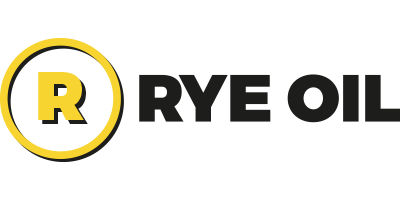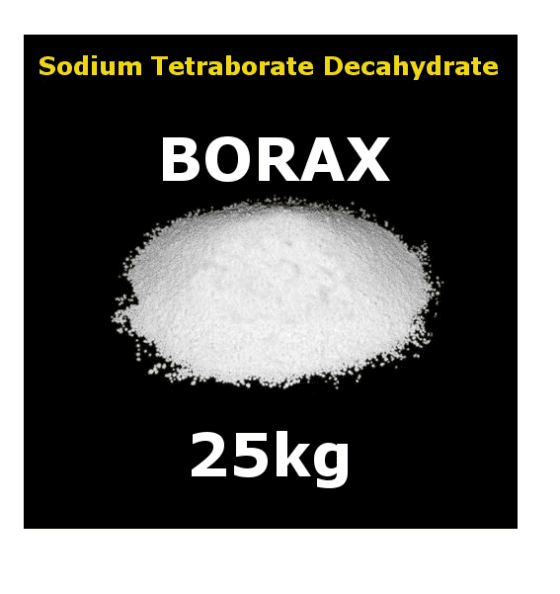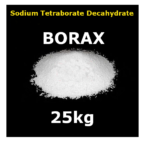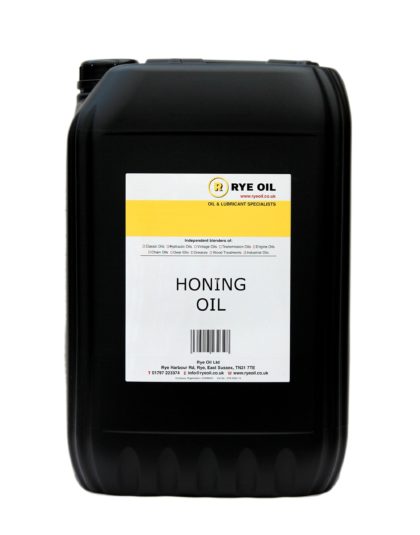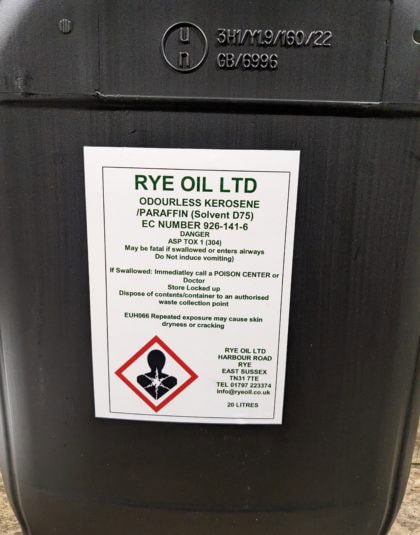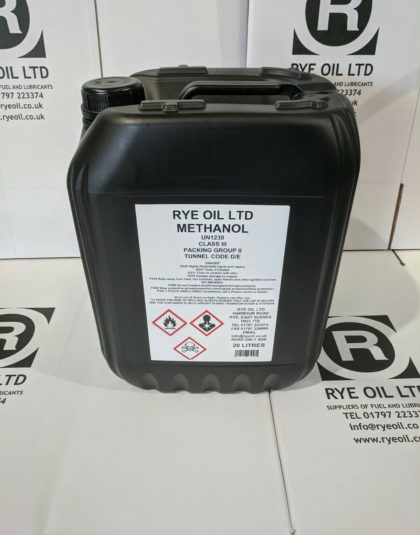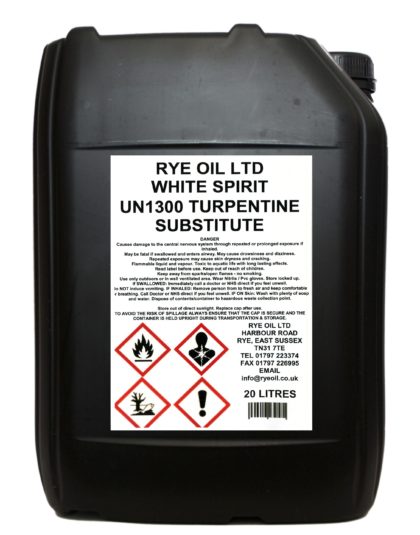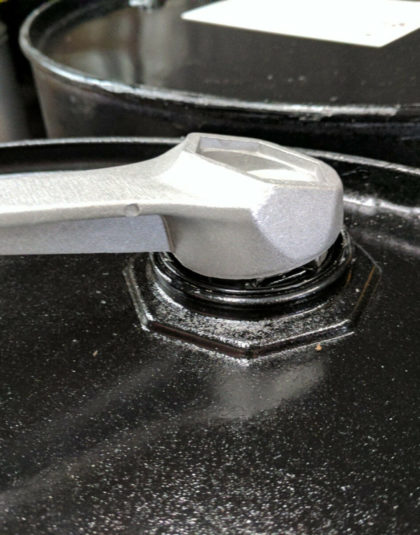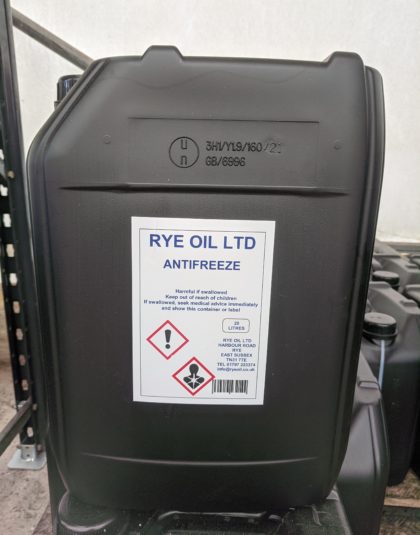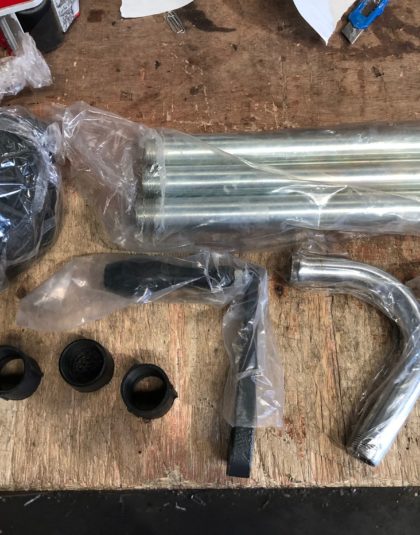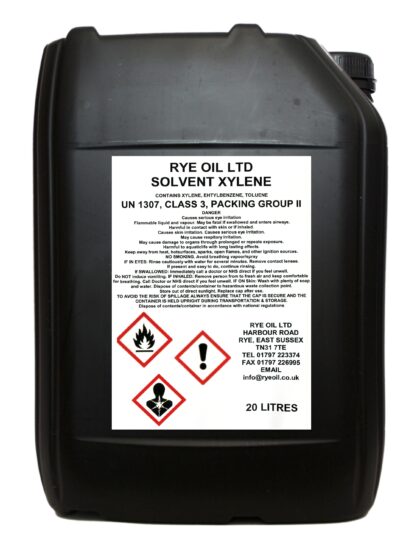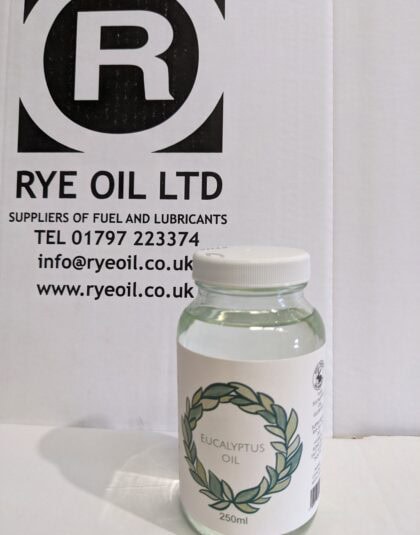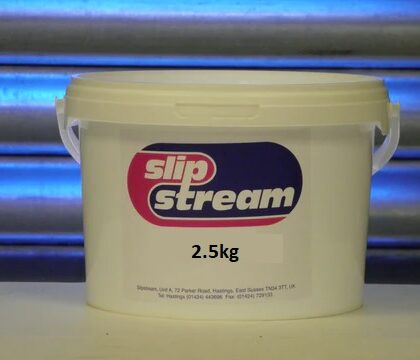Borax Powder Cleaner 25kg – NOT FOR PURCHASE BY GENERAL PUBLIC.
£58.00
25KG of pure lab grade Borax Powder (Sodium Tetraborate Decahydrate) for your multipurpose needs.
- Description
Description
NOT FOR PURCHASE BY GENERAL PUBLIC.
PROFESSIONAL/INDUSTRIAL USE ONLY.
PLEASE CONTACT US VIA 01797 22374 IF YOU WISH TO PURCHASE.
Any order placed without contacting us first will we cancelled.
Borax Cleaner (Sodium Tetraborate Decahydrate), not the cheap substitute.
Main Information:
- Borax Decahydrate
- Molecular Formula: Na2B4O7·10H2O
- CAS Number: 1303-96-4
- Grade: Technical
- Appearance: Granular
Also Known As:
- Sodium Borate
- Sodium Tetraborate
- Disodium Tetraborate
Key Properties:
- The chemical formula for borax, sodium borate, is Na2B4O7·10H2O.
- Borax is a solid, odourless, weighs 201.22 g/mole and melts at 743 degrees Celsius.
- Sodium Tetraborate Decahydrate is stable and non-corrosive in the presence of glass.
- Borax is also referred to as boric acid, disodium salt, disodium tetraborate decahydrate, sodium borate, sodium borate decahydrate, sodium tetraborate and sodium tetraborate decahydrate.
- The mineral is white, gray, bluish or greenish-white streaked crystals, with a solubility of 6g to 100g of water.
- Sodium borate has a density of 1.73, and a boiling point of 320 Celsius.
- The pH is alkaline.
ADVANTAGES OF USING BORAX DECAHYDRATE
Sodium Tetraborate Decahydrate has a wide variety of uses. It is a component of many detergents, cosmetics, and enamel glazes. It is also used to make buffer solutions in biochemistry, as a fire retardant, as an anti-fungal compound for fibreglass, as a flux in metallurgy, neutron-capture shields for radioactive sources, a texturing agent in cooking, and as a precursor for other boron compounds.
How Does Borax Clean:
- Borax has many chemical properties that contribute to its cleaning power.
- Borax and other borates clean and bleach by converting some water molecules to hydrogen peroxide (H2O2).
- This reaction is more favourable in hotter water.
- The pH of borax is about 9.5, so it produces a basic solution in water, thereby increasing the effectiveness of bleach and other cleaners.
- In other chemical reactions, borax acts as a buffer, maintaining a stable pH needed to maintain cleansing chemical reactions.
- The boron, salt, and/or oxygen of boron inhibit the metabolic processes of many organisms.
- This characteristic allows borax to disinfect and kill unwanted pests.
- Borates bonds with other particles to keep ingredients dispersed evenly in a mixture, which maximizes the surface area of active particles to enhance cleaning power.
Make Laundry Detergent:
- 1 bar of soap.
- 1 cup washing soda (sodium carbonate)
- 1/2 cup borax
- Cut your bar of soap into small pieces. You can use a knife or you can grate the soap with a cheese or vegetable grater.
- Process the soap, washing soda, and borax together in a food processor or blender until it is well-mixed. You want to avoid breathing in the dust produced by mixing the ingredients, so be sure to put the cover on your appliance.
- Store your laundry detergent powder in a airtight container.
- Use 1 tablespoon of home made laundry detergent per load of laundry.
Toilet Bowl Cleaner:
- Pour 1 cup of borax into the toilet bowl at night before you go to sleep.
- The next morning clean out the toilet bowl with a brush.
- You will find the job effortless because the borax has loosened all the grime build-up.
- Note that this method of toilet cleaning works very well for rust rings.
Flea Killer:
- Sprinkle borax on dog beds, carpets, and other areas where you suspect that fleas are hatching.
- Borax releases boric acid, which is a poison (note that very high doses would need to be ingested to harm a pet or human).
Mould Inhibitor:
- This method of inhibiting mould is very good to use on areas where mould and mildew is growing but that you don’t need to worry about paint being damaged.
- Make a thick borax and water paste.
- Smear it on the mouldy area.
- Let set until dry (overnight or longer).
- Sweep up the powder, and rinse off the rest.
Mice Deterrent:
- Sprinkle borax on the floor along the walls (mice like to run along the side of walls).
- They don’t like getting the borax on their feet, so they are less likely to return to that area of the house.
All Purpose Cleaner:
- Put 2 teaspoons of borax in a spray bottle with 2 cups of very hot water.
- Shake to blend.
Remove Stains From Stainless Steel:
- Make a paste with 1 cup borax and 1/4 cup lemon juice.
- Using a sponge or cloth, rub the stain with the paste.
- Rinse with warm water.
Unclog Drains:
- Mix 1/2 cup of borax followed by 2 cups of boiling water.
- Let it sit for 15 minutes, then run your water for a few minutes to flush it out.
Remove A Stubborn Stain:
- Mix 1 cup of borax with 2 cups of warm water and apply the paste directly to the stain.
- Let it sit, then launder as usual.
- Remove carpet stains by dampening the stain thoroughly and rubbing some borax on it.
- Vacuum it then finish it off with a vinegar and water solution.
- Let it dry and repeat if necessary.
- Use this same method on soiled mattresses.
- It will get rid of both the odour and stain.
Clean Outdoor Furniture:
- In a spray bottle, mix 1 teaspoon dish detergent, 1 teaspoon borax and 1 quart warm water.
Deodorise Your Cat’s Litter Box:
- Mix a few tablespoons of borax in with the litter.
Weed Killer:
- Kill weeds by sprinkling borax where you’ve seen weeds previously appear.
- This is useful for weeds that surface in concrete cracks and on walkways, but shouldn’t be used in the garden because it will also kill your plants.
- Sprinkle some borax around the perimeter of the house too and you’ll be free from ants and other intruding insects.
Preserve Flowers:
- 1 part borax
- 2 parts cornmeal
- 1 airtight canister
- Pour mixture in bottom of canister, about one inch.
- Put flower on this layer and cover with the rest of the mixture.
- Flowers with lots of petals, like roses should have the mixture poured directly onto them before you put it in the container.
- This process eliminates all the moisture in the petals so they dry out, instead of wilting.
Household Products:
- It is also present in some tooth bleaching formulas.
- It is also an active ingredient in indoor and outdoor ant baits and killers.
Buffer:
- Sodium borate is used in biochemical and chemical laboratories to make buffers, e.g. for gel electrophoresis of DNA, such as TBE or the newer SB buffer or BBS (borate buffered saline) in coating procedures.
- Borate buffers (usually at pH 8) are also used as preferential equilibration solution in DMP-based cross linking reactions.
Flux:
- A mixture of borax and ammonium chloride is used as a flux when welding iron and steel.
- It lowers the melting point of the unwanted iron oxide (scale), allowing it to run off.
- Borax is also used mixed with water as a flux when soldering jewellery metals such as gold or silver.
- It allows the molten solder to flow evenly over the joint in question.
- It is also a good flux for ‘pre-tinning’ tungsten with zinc – making the tungsten soft-solderable.
Putty:
- A rubbery polymer sometimes called flubber, gluep or glurch can be made by cross linking polyvinyl acetate with a borax.
- Making flubber from polyvinyl acetate based glues, such as Elmer’s Glue, and borax is a common elementary education experiment.
Food Additive:
- Borax, given the E number E285, is used as a food additive in some countries, but is banned in the US.
- As a consequence, certain foods, such as caviar, produced for sale in the US contain higher levels of salt to assist preservation.
- Its use as a cooking ingredient is to add a firm rubbery texture to the food, or as a preservative.
- In oriental cooking it is mostly used for its texturing properties.
- Borax was found to have been added to some Chinese foods like hand-pulled noodles lamian and some rice noodles like Shahe fen, Kway Teow, and Chee Cheong Fun recipes.
- In Indonesia it is a common, but forbidden, additive to such foods as noodles, bakso (meatballs), and steamed rice.
- The country’s Directorate of Consumer Protection warns of the risk of liver cancer with high consumption over a period of 5–10 years.
Other uses:
- Ingredient in enamel glazes.
- Component of glass, pottery, and ceramics.
- It can be used as an additive in ceramic slips and glazes to improve fit on wet, green ware, and bisque.
- Fire retardant.
- Anti-fungal compound for fibreglass and cellulose insulation.
- Moth proofing 10% solution for wool.
- Anti-fungal foot soak.
- Precursor for sodium perborate monohydrate that is used in detergents, as well as for boric acid and other borates.
- Tackifier ingredient in casein, starch and dextrin based adhesives.
- Precursor for Boric acid, a tackifier ingredient in polyvinyl acetate, polyvinyl alcohol based adhesives.
- Fluoride detoxification.
- Treatment for thrush in horses’ hooves.
- Used to make indelible ink for dip pens by dissolving shellac into heated borax.
- Curing agent for snake skins.
- Curing agent for salmon eggs, for use in sport fishing for salmon.
- Swimming pool buffering agent to control the pH.
- Neutron absorber, used in nuclear reactors and spent fuel pools to control reactivity and to shut down a nuclear chain reaction.
- As a micro nutrient fertilizer to correct boron-deficient soils.
- To clean the brain cavity of a skull for mounting.
- To colour fires with a green tint.
- Was traditionally used to coat dry-cured meats such as hams to protect them from becoming fly-blown during further storage.
- Is found in some commercial vitamin supplements.
- For stopping car radiator and engine block leaks.
- As an important component in Slime.
- Is used by the modern Blacksmith in the process of Forge Welding.
Chemical Specification:
- B2O3%: 36.9-38.2
- Equivalent Na2B4O7·10H2O %: 101.0-104.6
- Na2O %: 16.4-17.0
- Cl ppm: <500
- SO4ppm: <400
- Fe ppm: <20
- Water insolubles ppm: <300
